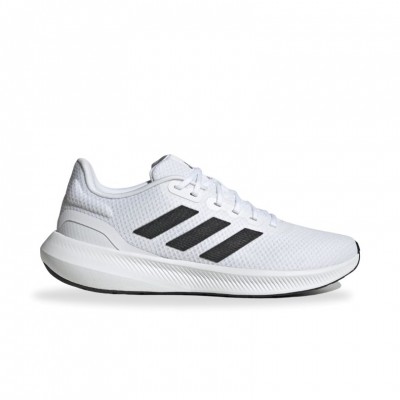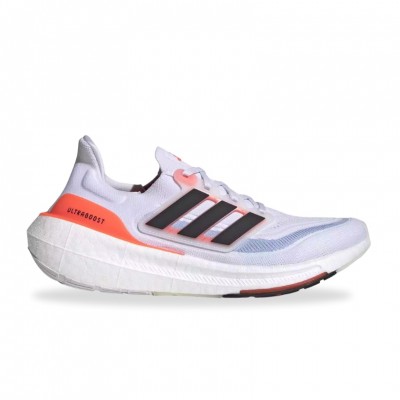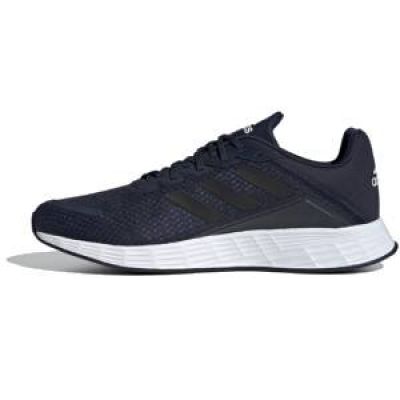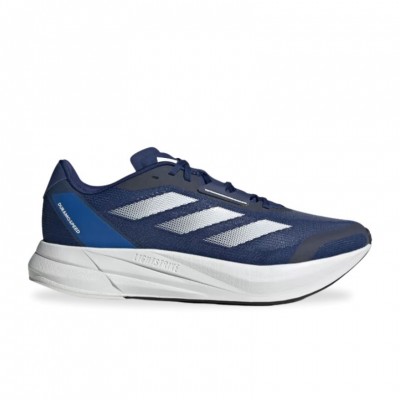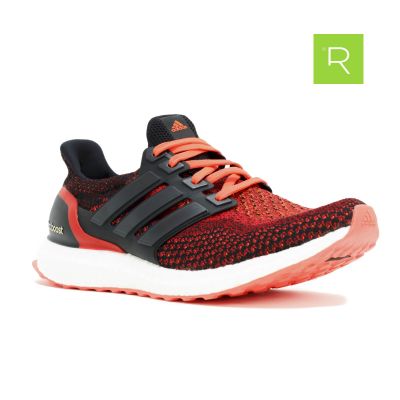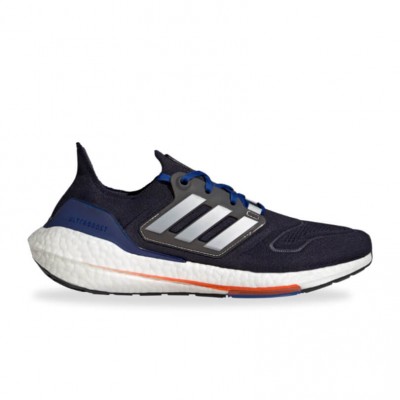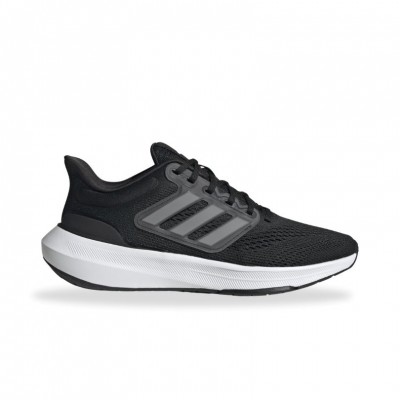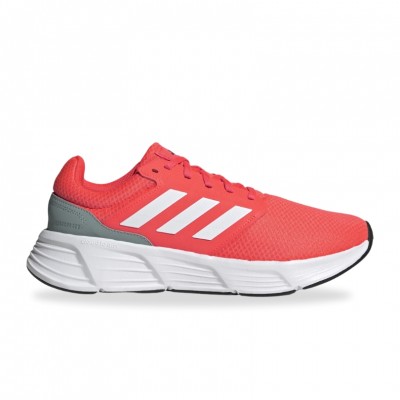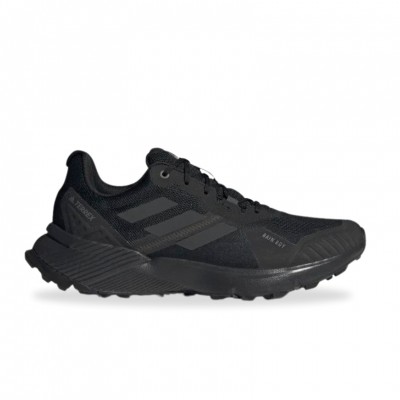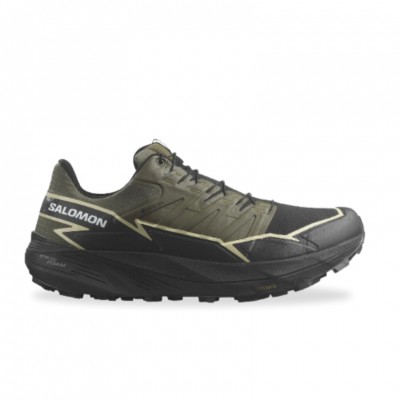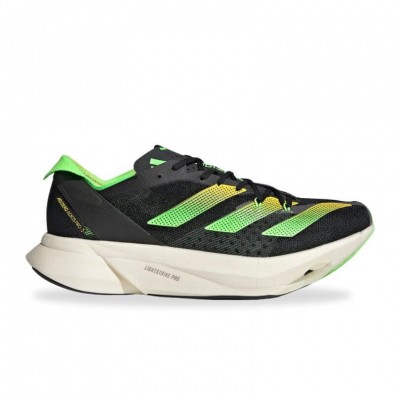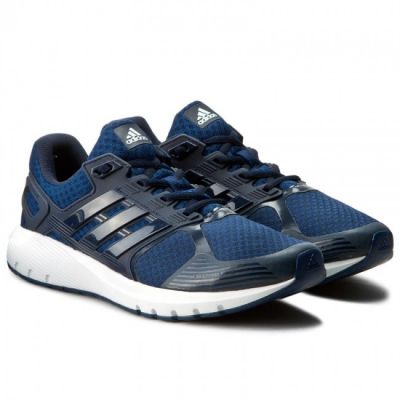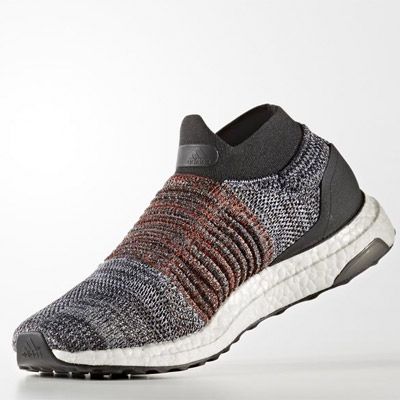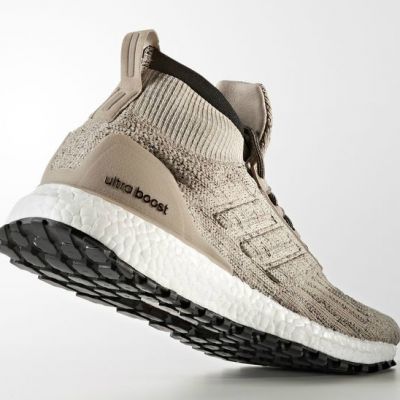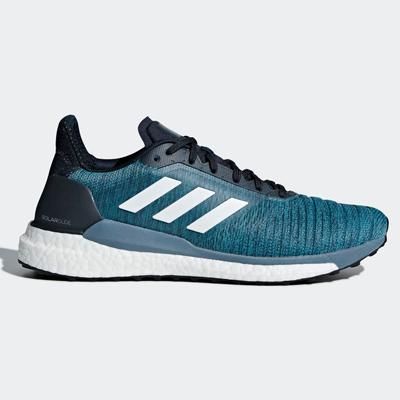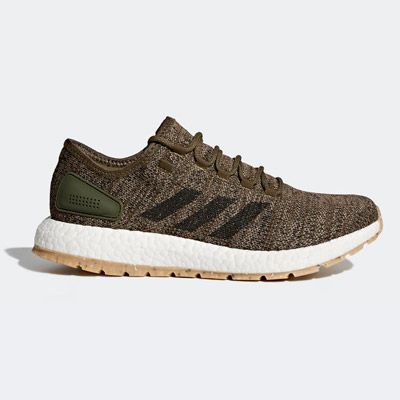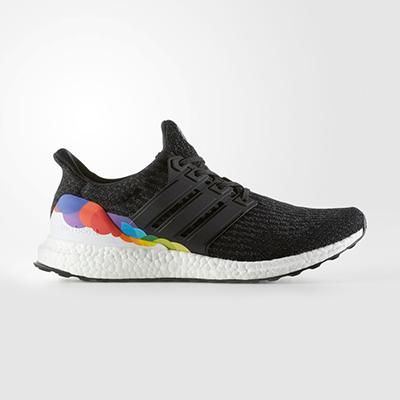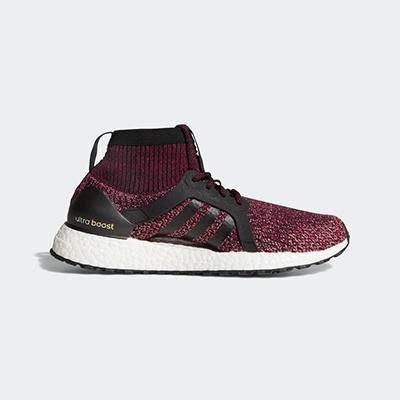Adidas Energy Boost 2017
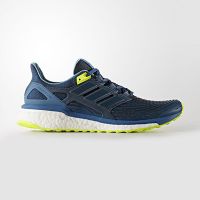
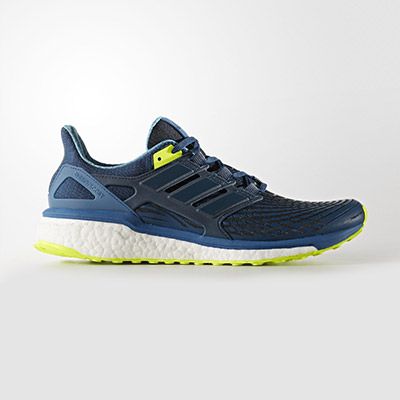
In recent days, we have not detected any prices for: Energy Boost 2017
Be the first to receive an alert when prices become available.
Products of Adidas related to this research
Characteristics
-
Gender
Men Women
-
Weight
340
-
Drop
10 mm
-
Cushion
High
-
Runner weight
Medium
-
Running gait
Overpronation
-
Surface
Road
-
Use
training
-
Pace
Medium
-
Foot
Normal feet
-
Strike
heel
-
Year
2017
"One of the most recommended shoes of 2017 for running fans for its combination of success: maximum cushioning, reactivity and great comfort."
On numerous occasions it has been my turn to talk inRunnea about the vein that Adidas achieved by developing the Boost technology 4 years ago now, a perfect material for the runner's running shoes. A polyurethane capable of absorbing the impacts of running smoothly and maintaining its performance for longer than the rubbers used by the competition; and the best thing about it compared to its rivals is that after compression it returns energy in each stride.
. 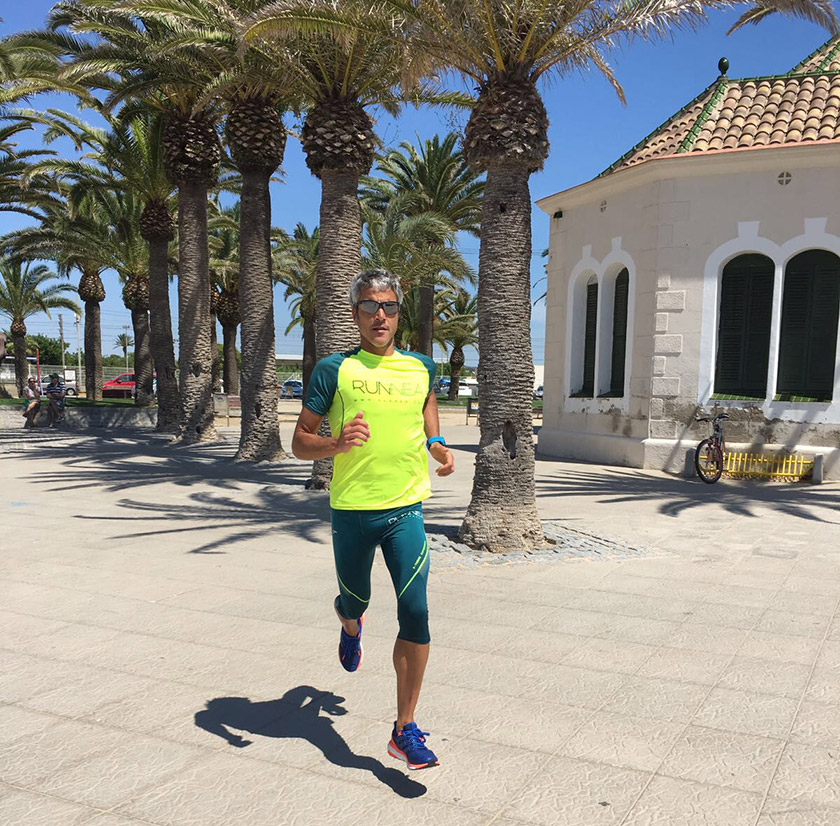
The success that these features have among running enthusiasts (cushioning and reactivity) is undeniable, the Boost triumphs and also already predicted great projection by allowing to easily alter the performance of polyurethane and to play with them according to the needs of the athlete and the characteristics of the different models, something that this 2017 we have been able to see in other models such as the Stability.
This new edition of the neutral Energytraining model also offers a new upper that is more dense and elastic with exquisite thermo-sealing in the form of discontinuous bands that provide flexibility, while achieving a magnificent adaptation to the foot, improving the comfort of the upper and allowing the shoe to feel "like a glove". With a weight of 340 gr. it is not particularly light, but in addition to its generous and very comfortable Boost technology, it offers an elastic upper and a neat aesthetic, with clean lines and hardly any additions, which are very worthwhile. The midsole combines 85% Boost with 15% EVA to stabilize the foot on a super cushioned chassis.
It inherits from the Ultra Boost also the elevation of the Achilles tendon containment that serves as a puller that facilitates the introduction of the foot, while its design with the Fitcounter system avoids chafing as the central area is freed from pressure, as the plastic heel support does not close this area. It includes the Continenal sole which provides skid-proof reliability and a greater width at the metatarsal level together with a reduction at the midfoot level influences a greater sensation of dynamism as the transition of the footprint is improved.
A training shoe for long distances ideal for neutral runners or runners of a certain weight who want maximum cushioning for running at slow and medium paces.
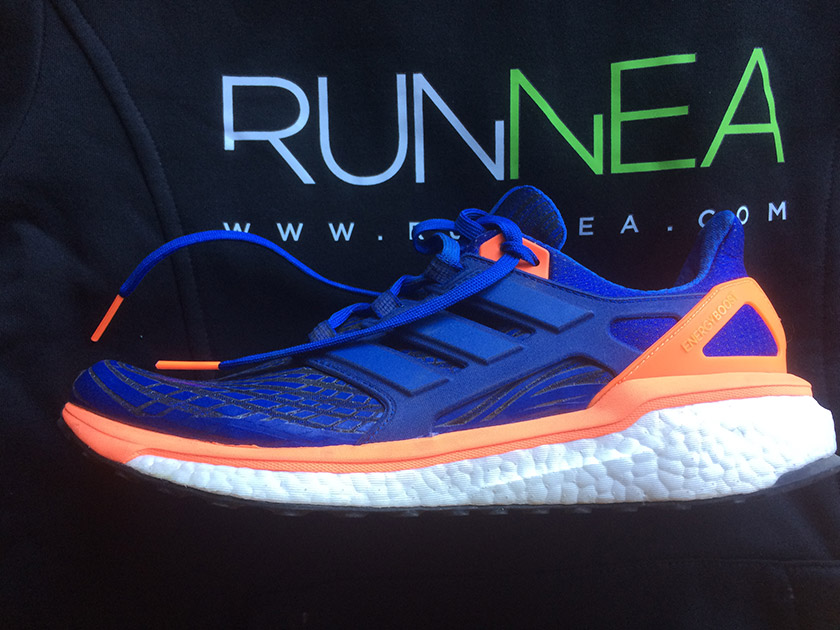
Midsole and cushioning
The midsole combines a generous proportion of 85% Boost and 15% EVA, this important amount of Boost places it among the maximalists of maximum cushioning, which allows to feel a soft but effective cushioning and at the same time to perceive that "reactivity" that the advertising says. I am skeptical about the real effectiveness of the "reactivity" argument, but I have always recognized that it feels as if the Boost helps you to run... and this is transferred in a very pleasant sensation, it may be placebo or not but it's the bomb!
In my opinion more quantity is not always better, it seems to me that perhaps with a little less stack height and with it the foot closer to the ground, this model would gain in stability. An abundant amount of polyurethane with a heel height of 32 mm provides unrivaled cushioning and the plastic Torsion System piece at midfoot level provides the necessary stability for not so neutral runners. The Boost, also present in large quantities in the forefoot at the metatarsal heads, protects the forefoot when climbing steep slopes or changing pace, allowing you to feel the reactivity of the material. It is when you push the shoe and push it hard that you feel the return of energy after compression, it is as if "you feel a 'little push' in each stride", a sensation that every runner has to experience.
The Torsion system in the midsole provides stability and dynamism through a plastic plate embedded in the midsole. The EVA ribbing on the midsole supports the foot correctly for neutral feet. A training shoe for heavy runners, which as a whole offers spectacular performance in terms of cushioning and comfort.
A significant heel height of 32 mm and midfoot height of 22 mm, determine a 10 mm drop that allows for great comfort both in the heel, which is helped by the external rearfoot recess of the sole, and in the midfoot. Generous amount of Boost in the metatarsal allows for a pleasant sensation of reactivity or some propulsion assistance when you pick up the pace. A considerable width of the midsole at metatarsal level and a smaller one in the midfoot area allows to stabilize the propulsion, but at the same time to gain dynamism. The slightly elevated toe box facilitates propulsion and the rear heel recess and the overhang stabilize the foot on heel entry, all of which facilitates the transition of the stride.
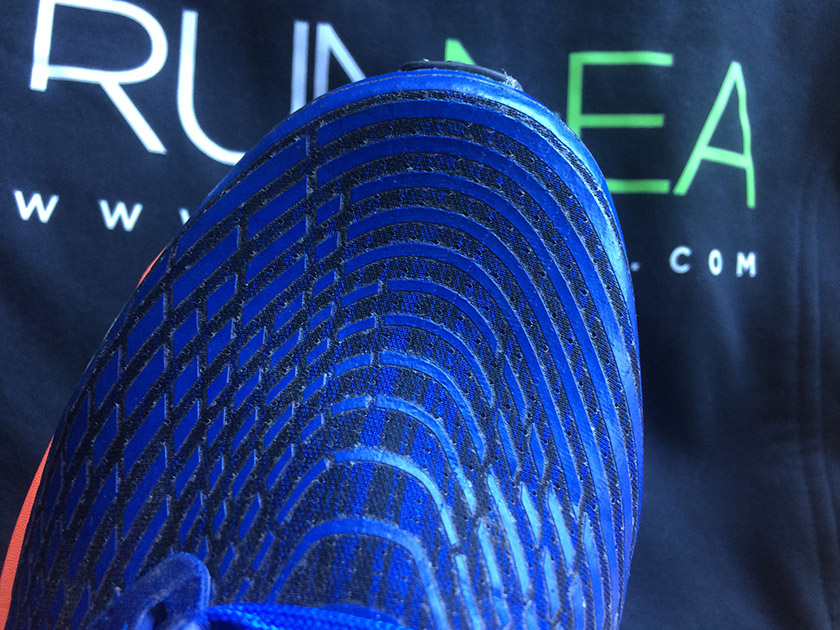
Upper
The new upper is elastic and very dense, with abundant, but small and discontinuous thermoseals of careful aesthetics, which allows a magnificent flexibility and adaptation to the foot, as if it were a sock, the feeling is that it feels "like a glove". Its structure is quite dense which penalizes perspiration in a very hot environment. The toe cap is more reinforced as well as on the sides and flex areas of the upper.
The tongue is relatively thin and is an extension of the elastic upper, over which a plastic structure is stretched that wraps laterally around the upper and serves to contain the lace eyelet. I miss an anterior reflective detail on the tongue. The laces are wide and flat and have some elasticity and pass through 3 straps that come out in extension of the lateral plastic chassis that allow a good fit of the instep. I notice some instability when turning in curves as the lateral support does not sufficiently contain the ankle, needing to lace in the fourth hole to provide more stability to the foot.
It does not have reflectors, something incomprehensible in a training shoe.
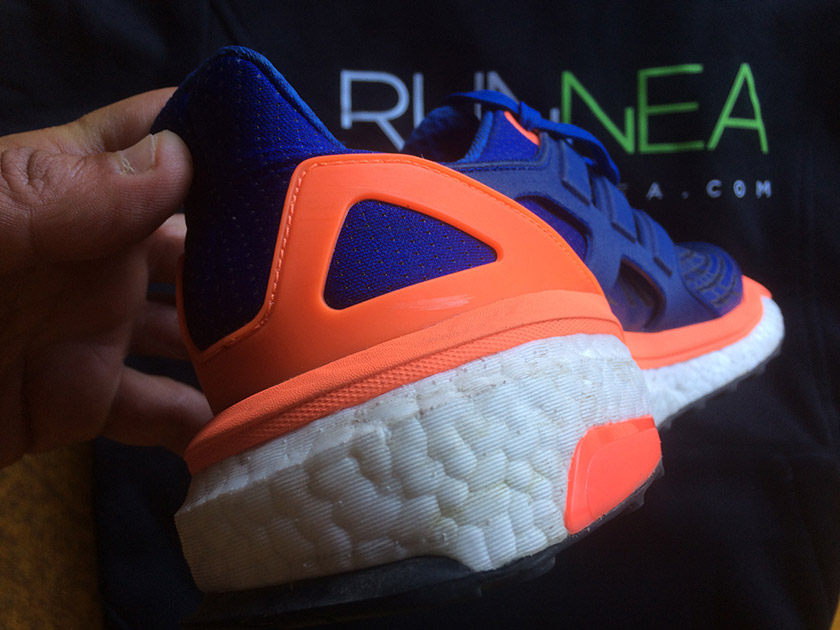
Midfoot and heel support
It has heel support through a plastic structure Fitfarme TPU that extends as a sewn chassis extending to the midfoot. This somewhat bulky support dispenses with the strap, which I criticized in the previous model, holds the rearfoot but its excessive flexibility allows the foot to flutter excessively when changing direction in curves, requiring the use of the 4 hole to provide stability to the ankle. The Fitcounter molded heel protects and promotes the natural movement of the Achilles tendon. The plastic structure that contains the heel is prolonged by three thick strips representative of the brand as straps that serve as fasteners to the 3 eyelets from which come out straps that allow the passage of the laces to adjust the instep. The plastic Fitframe is too malleable, it should have a little more solidity especially on the inside to stabilize the rearfoot and avoid the flutter caused by so much Boost in the heel and the height of the midsole.
It inherits from the Ultra Boost also the elevation of the Achilles tendon containment that serves as a puller that facilitates the introduction of the foot while its design with the Fitcounter system avoids chafing as the central area is free of pressure, as the plastic heel support does not close this area.
Absence of rear reflectors!
The ankle collar is comfortably padded and the internal fabric has been improved, gaining in durability and above all in comfort, since the sides have a greater volume to protect from the containment of the plastic straps.
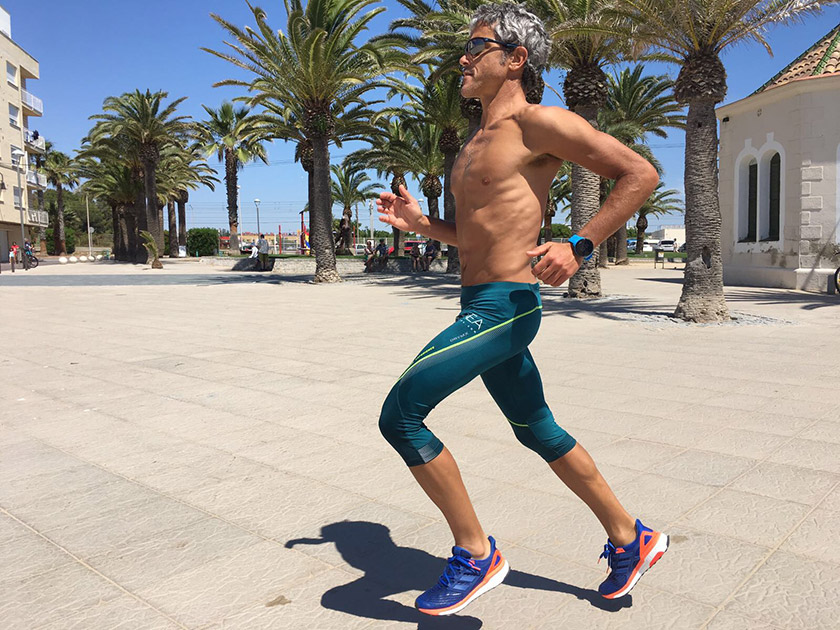
Insole and last
The last is standard with sufficient width in the forefoot and a slightly narrower midfoot than in the previous model, which allows for correct stabilization of the forefoot and rearfoot of neutral athletes, gaining in dynamism at medium paces. The Torsion plate embedded in the midsole helps in the stability of the stride. The last has a pointed toe, but the pressure of the upper of the previous model is not felt, because it is less constricting and the lateral containment thermo-seals are very well positioned. The insole has a sufficient thickness of 4 mm, since it does not need to cushion more than the Boost does and collaborates in supporting the foot, especially the heel. The internal space allows enough room to insert custom insoles, which fit perfectly. The standard insoles are very well designed and wrap the heel, placing it in a lower and more stable position, but have little elevation at the plantar arch level, something that is missing in more cavus feet. The last is especially wide and the space inside for the toes is magnificent being ideal for wide feet, square or Egyptian toes and bulky insteps.
This model of shoe I have used in many runs with Elite sport insoles to better correct my biomechanical needs, this model is the top of the range, made of an exclusive Podoactiva material through a process of double-sided machining, which has tried to improve among others the absorption of the impacts of the foot against the ground. I appreciate a greater stability of the heel by having a varicolored wedging which improves the distribution of loads along the structure of the foot and leg. With the elevation of the internal lateral in the heel area, the pronation movement of the rearfoot has also been limited, a biomechanical aspect that is highly valued in my case, since there is a direct relationship between pronation and the rate of overuse injuries.
The thickness of the insole is customized taking into account my walking dynamics, weight, geometry of my feet, controlling the dynamic response that the insole will have once manufactured. For this, Podoactiva uses a finite element calculation that is performed for each patient, being the only company in the world to do so. This ensures that the degree of customization is much greater than that achieved in EVA insoles.
A greater width of the last at the metatarsal level together with a reduction at the mid-foot level influences a greater sensation of dynamism as the transition of the footprint is improved.
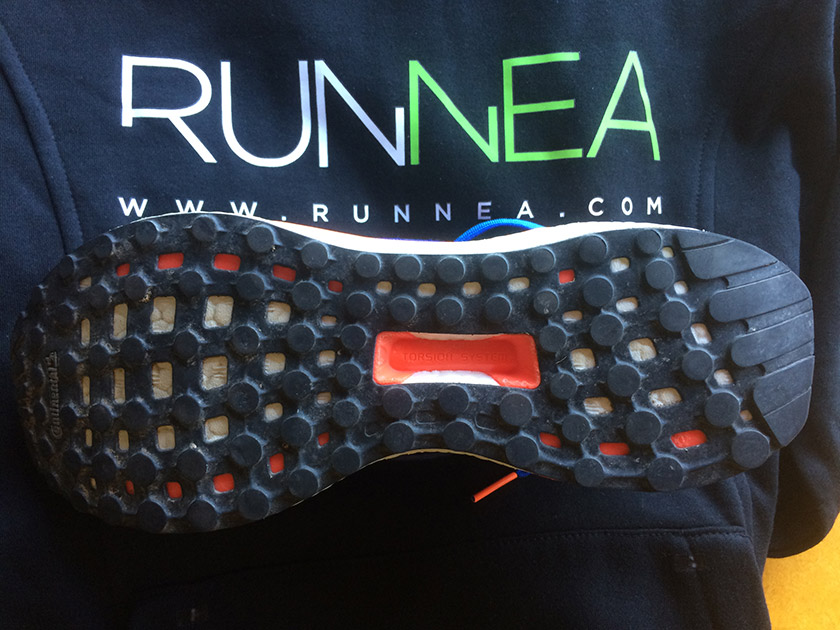
Outsole
The Stretchweb sole is quite thin, which allows for greater flexibility, and the Continental rubber offers very good grip and excellent stability with a large width: 92 cm at the heel, 7 cm at the midfoot, 115 cm at the metatarsal. This greater width at the metatarsal level2 mm), together with a reduction at the midfoot level (1 cm less), results in a greater sensation of dynamism as the transition of the stride is improved.
The asymmetrical shape of the Continental rubber and a larger contact surface in the metatarsal head area, especially in the 1st MTF, offers good stability and improved propulsion at the same time. Its preferred and almost exclusive terrain, given the absence of tread pattern, is asphalt. The external rearfoot has a recess that facilitates the entry of the heel when the foot makes contact in supination which favors a stable and controlled landing of the foot in which the generous amount of Boost at the heel helps to reduce the impact.
The flexibility of the sole given its thinness is another strong point in this model, but durability is more compromised.
The abundant amount of Boost and the thin layer of the outsole make it possible to run off the asphalt without discomfort when using it on rocky roads.
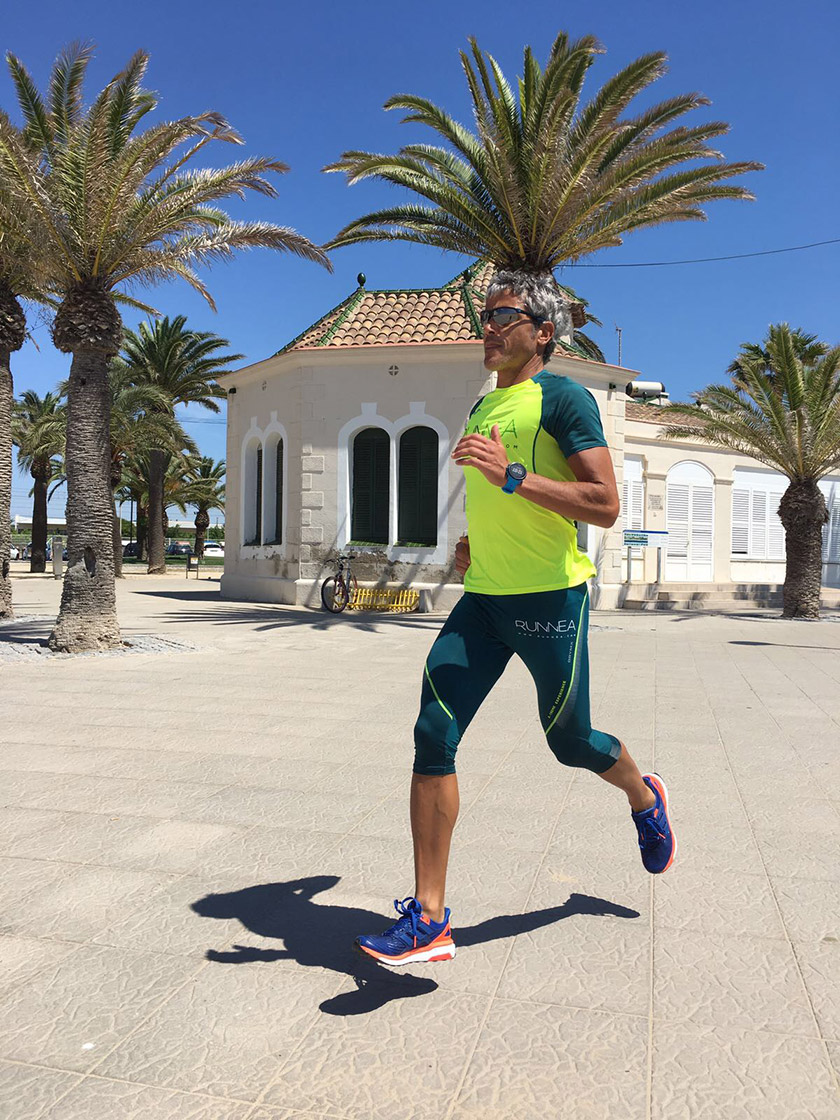
Conclusion and user type
These Energy Boost 4 are the shoes with which every neutral runner or insoles user will want to go running. It is a very comfortable and pleasant model, it is a real pleasure to train with them. With a weight of 340 gr. in size 10 uses, it is not particularly light so it is closer to a maximalist training shoe with which to do long distances at slow and medium paces, thanks to the great absorption and reactivity offered by the Boost technology. Its new upper is more dense and elastic, allowing a comfortable fit but penalizes in hot environments.
An ideal shoe for neutral runners over 70 kg. or users of insoles looking for maximum cushioning and pleasant sensations both in long runs at slow paces and to compete and test the reactivity of the material with paces below 4' per kilometer. In short, a model that you will want to use in your workouts because you know that you will run comfortably and with the security of a continental outsole that grips and bites the asphalt allowing you not to waste any energy.
Strengths
- Corrections and improvements to some details of the previous model, which we suggested in the Energy 2016 review.
- Improved upper, lining and internal collar padding, providing great comfort.
- Boost midsole cushioning and responsiveness, exquisite performance.
- Good response thanks to its greater dynamism, achieving a faster transition favored by its elevated toe and the smaller width at midfoot level.
- Highly elastic upper and sock-like tongue provide a good fit and feel like a glove.
- Continental skid-proof outsole.
Opportunities for improvement
- Lack of reflectors.
- Boost weight.
- Very dense upper that penalizes in hot environments.
- Weak plastic heel support.
- The lateral support of the instep with 3 straps is rough and in turns does not sufficiently contain the ankle, needing to lace in the fourth hole to provide more stability to the foot.
Similar
User reviews of Adidas Energy Boost 2017
Be the first to leave a review
